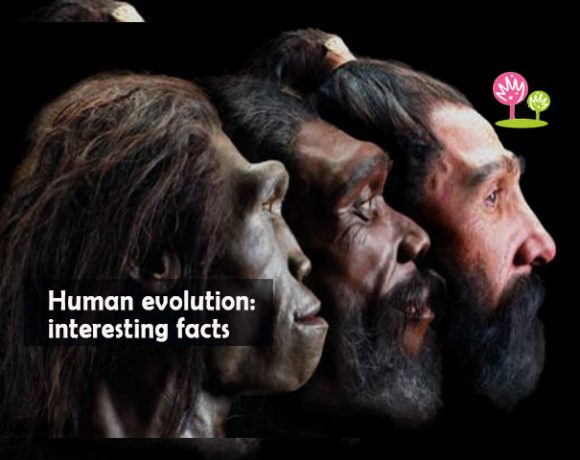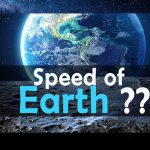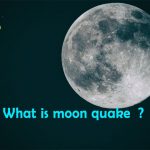Mind-Blowing Facts about Outer Space

From an Earthling’s point of view, outermost space is an area around 100 kilometres above the globe that cannot breathe or disperse light. The blue becomes black in this area because the molecules of oxygen here are insufficient to blue the sky.
In addition, space is a vacuum, so sound can’t even be carried because molecules aren’t close enough to transmit sound between them. This doesn’t indicate, yet, that the room is empty. “Emptier” portions of the universe are surrounded by gas, dust, and other pieces of stuff, whereas more overcrowded regions can contain planets, stars, and galaxies.
Nobody knows how much space there is. According to what we see in our equipment, the challenge begins. In light years, we measure long distances in space, which is the distance which light takes for one year to travel (roughly 5.8 trillion miles, or 9.3 trillion kilometers).
We tracked the galaxies almost as far back as the big bang, which our universe was estimated to have formed 13.7 billion years ago from light that can be seen in our telescopes. This indicates that in over 13.7 billion light years we can “see” in space. Astronomers are not clear, however, whether our world is the only universe existing. So space might be far larger than it seems to us.
Most space is relatively empty, which means that it contains only scattered pieces of dust and gas. That is to say, the object does not “slip” the way an aircraft sails the aeroplane when it sends a satellite to a far away planet.
One reason that why lunar lander of the Apollo-program looks so unusually formed – as a spider, a crew claimed – is the vacuum condition in orbit and on the moon. Since the spaceship was designed in an area without an atmosphere, no clean borders or aerodynamic shapes were necessary.
Amazing Facts about Space
- We have a 4.57 billion years old solar system.
- One of the smaller moons of Saturn, Enceladus reflects 90% of the light of the Sun.
- Olympus Mons, which is located on Mars, is the highest peak discovered.
- The Galaxy (M51) Whirlpool was the first spiral-identified celestial object.
- The light-year distance in a single year is journeyed by light.
- The Galaxy of the Milky Way has 105,700 light years.
- The Sun weighs nearly 330,000 times the Earth.
- Footprints left on the Moon will not be erased because there is no wind.
- 79 moons around Jupiter are known to occur.
- On Earth’s Moon evidence of water has been identified by NASA’s crater observation, and satellite sensing (LCROSS).
- Every 25 – 35 days, the Sun rotates completely.
- Pluto’s smaller than the US.
- On Venus, more volcanoes reside in our solar system than any other planet.
- The blue light of Uranus’ atmosphere is related to its gases.
- 4 planets known as the gas giants in our solar system, Jupiter, Saturn, Uranus and Neptune.
- In space there are more stars than sand grains in the world.
- A day at Pluto takes 153.6 hours.
- Saturn is our solar system’s second largest planet.
- Any fluid that moves freely in the outside space becomes a sphere.
- At least 2,000 thunderstorms occur on Earth at any given time.
- It would take 258 days to drive around Saturn’s rings if you drive in a speed of 75 miles per hour.
- Each 92 minutes the International Space Station circles Earth.
- Around 100,000,000,000 stars exist in the Milky Way.
- If the rings of Saturn’s were three feet long, they would be ten thousand times thinner than the razor blade.
- The milky way centre smells as rum and tastes as raspberry
- At a rate of 1.6 inches (4 cm) per year, our moon moves away from Earth!
- Mercury has no atmosphere, therefore wind or weather are not present.
















